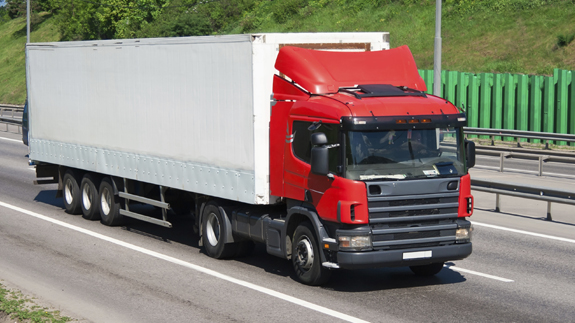Tuesday, 30/12/2025 | 22:02 GMT+7
New standards for medium and heavy-duty vehicles have been proposed to improve fuel efficiency and cut carbon pollution in the US.
The joint proposal is by the US Environmental Protection Agency (EPA) and the Department of Transportation (DOT) would require manufacturers to increase fuel efficiency by up to 24% from current levels.
This is expected to lower CO2 emissions by approximately one billion metric tons and cut fuel costs by around $170 billion (£107bn).
It would also cut oil consumption by up to 1.8 billion barrels over the lifetime of the vehicles sold under the programme.
Critics have argued the tighter rules would increase the price of new trucks or squeeze out smaller operators which won’t be able to afford the new vehicles.

Director of Government Relations at the National Association for Convenience Stores (NACS), Paige Anderson, said: “These proposed rules could also have a significant impact on NACS fuel retailer members, particularly truck stop operators, who would likely see a change in overall fuel demand.”
But the EPA claims the legislation would lead to reductions nearly equivalent to emissions “associated with energy use by all US residences in one year”.
Gina McCarthy, EPA Administrator said: “We’re delivering big time on President Obama’s call to cut carbon pollution. With emission reductions weighing in at one billion tons, this proposal will save consumers, businesses and truck owners money and at the same time spur technology innovation and job-growth, while protecting Americans’ health and our environment over the long haul.”
Anthony Foxx, US Transportation Secretary added: “Once upon a time, to be pro-environment you had to be anti-big-vehicles. This rule will change that. In fact, these efficiency standards are good for the environment – and the economy.
“When trucks use less fuel, shipping costs go down. It’s good news all around, especially for anyone with an online shopping habit.”
The proposal would apply to heavy-duty trucks beginning with the 2021 through 2027 model year.
Vocational vehicles, pick-up trucks and light vans must become 16% more efficient.
Anh Tuan








 Webinar 2: “Financial Support for Energy Efficiency Enterprises – Opportunities and Challenges”
Webinar 2: “Financial Support for Energy Efficiency Enterprises – Opportunities and Challenges”
 Vietnamese enterprises achieve green growth and cut costs through energy efficiency
Vietnamese enterprises achieve green growth and cut costs through energy efficiency
 Capacity Building for Program Implementing Entity
Capacity Building for Program Implementing Entity
 Enhance Energy Efficiency Knowledge for Managers of Cement Industrial Enterprises
Enhance Energy Efficiency Knowledge for Managers of Cement Industrial Enterprises
 Capacity building for participating financial institutions in Ho Chi Minh City
Capacity building for participating financial institutions in Ho Chi Minh City
 Strengthening capacity for energy management officers of local government agencies
Strengthening capacity for energy management officers of local government agencies
 Strengthening Sales and Marketing Capacity for Energy Efficiency Equipment and Solution Suppliers
Strengthening Sales and Marketing Capacity for Energy Efficiency Equipment and Solution Suppliers